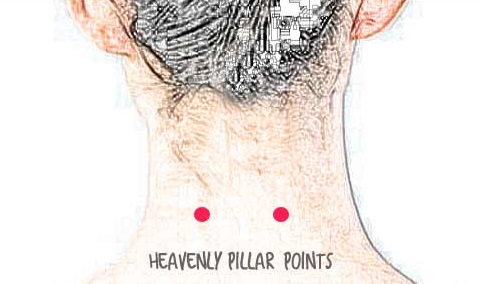Acupuncture is a medical practice that involves the stimulation of specific body points with needles. The needles are inserted into the target site to help treat various medical problems and provide local anesthesia. Acupuncture was developed thousands of years ago in China. Studies have shown that the practice is useful in treating nausea and pain. So, how does acupuncture benefit us? Find out below.
How Does Acupuncture Work?
Acupuncture is more than a placebo and does provide relief for those suffering from chronic pain.
1. What the Chinese Think
The Chinese believe that disease is caused by the disruption of the energy flow in the body – also referred to as qi. Acupuncture helps stimulate specific points or acupuncture points in the body to help release qi, which then travels through channels referred to as meridians.
2. What the Western Think
In the Western world, acupuncture is carried out in hospitals and other health facilities. However, the principle behind it is not the same as those of ancient China.
- Doctors believe that acupuncture works through the neurohormonal pathways. When a needle is punctured into a specific point in the body, it stimulates the nerve. This sends signals to the brain leading to the release of neural hormones such as beta-Endorphins, which bring about feelings of happiness and euphoria. Acupuncture also increases the threshold for pain, meaning patients feel less pain after going through this process.
- Another hypothesis states that acupuncture reduces pro-inflammatory markers such as TNF and IL-1β in the body, which helps decrease inflammation and reduces pain.
- It is also believed that acupuncture helps heal nerve damage, such as chemo-induced peripheral neuropathy, a condition that causes weakness or numbness in the hands and feet. The theory behind is that acupuncture helps to stimulate the brain into releasing some nerve growth factor that helps with nerve regeneration.
Watch the following video to know how acupuncture is done with points on face, arms, hands and feet:
What Health Condition Does Acupuncture Work for?
Knowing what condition can be soothed by acupuncture is an important part in answering "How does acupuncture work?" First, you should know that acupuncture is virtually pain free and takes only about 20 minutes to an hour per session. Patients can start with 2 to 3 sessions per week and reevaluate the needs thereafter. If you are considering acupuncture as a treatment option, it is best to work with a licensed practitioner. Look for someone with at least 4000 hours of training in your area. If you suffer from a bleeding disorder, it is not advisable to go through acupuncture. Here are some of the conditions that can be treated with acupuncture:
|
Pain in the body |
Digestive disorders |
|
Stress |
Drug dependence and addiction |
|
Arthritis |
Tendonitis |
|
Irritable bowel syndrome |
Attention span and brain fog issues |
|
High blood pressure |
Cravings |
|
Crohn’s disease |
Constipation |
|
Insomnia |
Menopause symptoms |
|
Emotional issues and mental health |
Skin ailments |
|
Smoking |
Migraines |
|
Kidney and bladder difficulties |
Sciatica |
|
Sinusitis, the common cold and hay fever |
|
Researches are being conducted to establish whether acupuncture can also be used to treat depression, drug addiction and sleep disorders effectively. However, acupuncture is still considered a complementary treatment option. It is most effective when accompanied by healthy lifestyle habits.
The Most Beneficial Acupuncture Points
How does acupuncture work when different body points are involved? It is beyond doubt that acupuncture is effective when used to relieve pain. However, it has to be done right to derive maximum benefit. Here are some tips to hit the right acupuncture point for different conditions.
1. Pericardium
Also referred to as the P6 acupuncture point, it is integral for stopping vomiting and nausea caused by pregnancy, motion sickness, chemotherapy and surgery. It also helps relieve upset stomach, chest pain, headaches and tunnel syndrome pain. You can find the P6 between the two large tendons on the inside of your wrist, just a few inches below your palm’s base.

2. Joining the Valley
Also known as the L14 acupressure point, this point is popular for treating headaches. It also helps with neck pain, toothaches, arthritis, shoulder pain, hangovers and constipation. It refers to the fleshy area between the index finger and the thumb, at the highest point of the muscle when you bring your thumb and finger close together.
Note: Do not press this acupressure point during pregnancy.
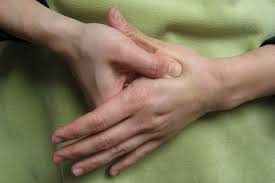
3. The Third Eye
Also referred to as GV24.5, this acupuncture point is good for your memory, stress relief, headaches, chronic fatigue, insomnia, eye strain and calming your mind. It also helps with sinuses and is considered a remedy for emotional and spiritual imbalances. The spot is located on the knobby spot on the bridge of the nose in between the eyebrows.
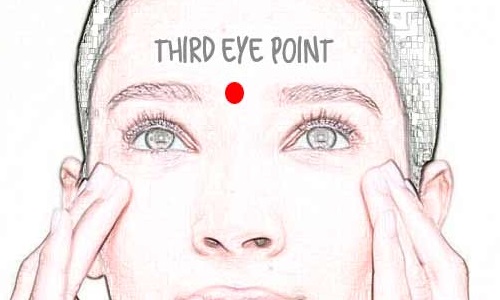
4. Sacral Points
These points are great for menstrual pain. They help relax the uterus and relieve menstrual cramps. They are also great for lower back pain and sciatica. The sacral points are located at the base of your spine. If you lie down on your back, you can reach them by placing your hand at the base of your spine.
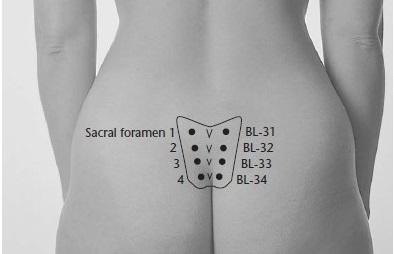
5. Leg Three Miles
Without knowing the effects of puncturing leg three miles, you will never get the complete answer to "How does acupuncture work?" The leg three miles is also referred to as the ST 36 point. It is used to improve disorders such as diarrhea, bloating, constipation, gas, nausea, abdominal pain and vomiting. It also improves the immune system, strengthens the body reduces fatigue and boosts general wellbeing. You can find the spot just below your kneecap. It is about 4-finger widths below the base of the kneecap to the outside of the shin bone.
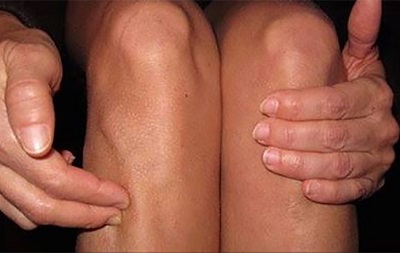
6. Heavenly Pillar
This is a pair of points used for reducing stress, exhaustion, anxiety, burnout, heaviness in the head, insomnia, neck pain and headache. Also referred to as B10, they are also used for relieving stiff neck and eye strain. These points are located one-finger width below the base of your skull on both sides. They are on the prominent neck muscles found half an inch out from your spine.
